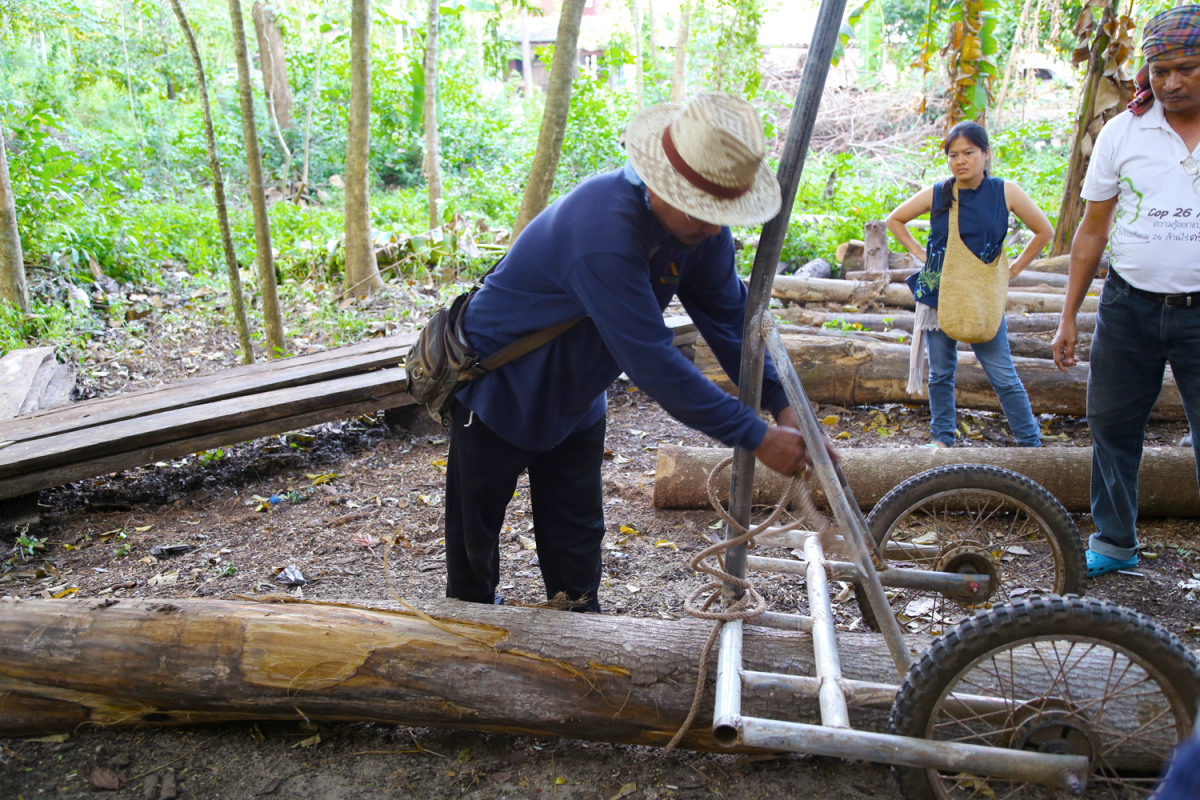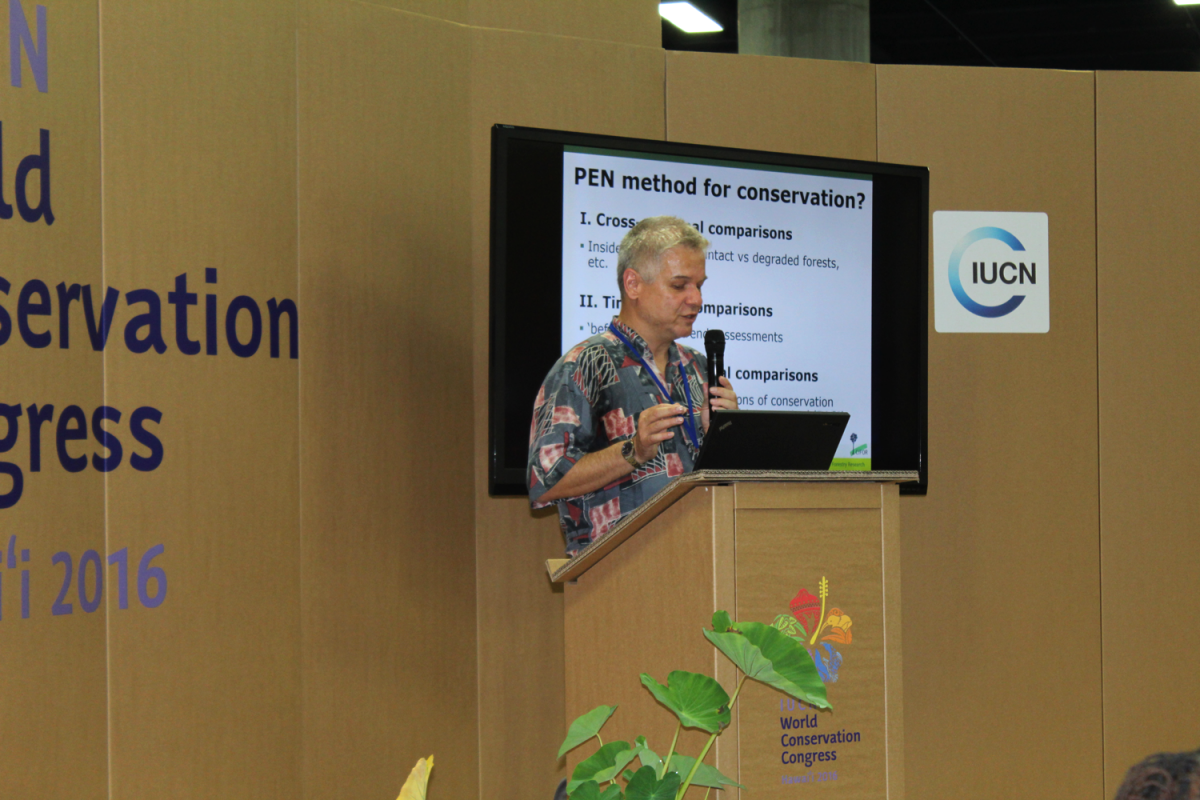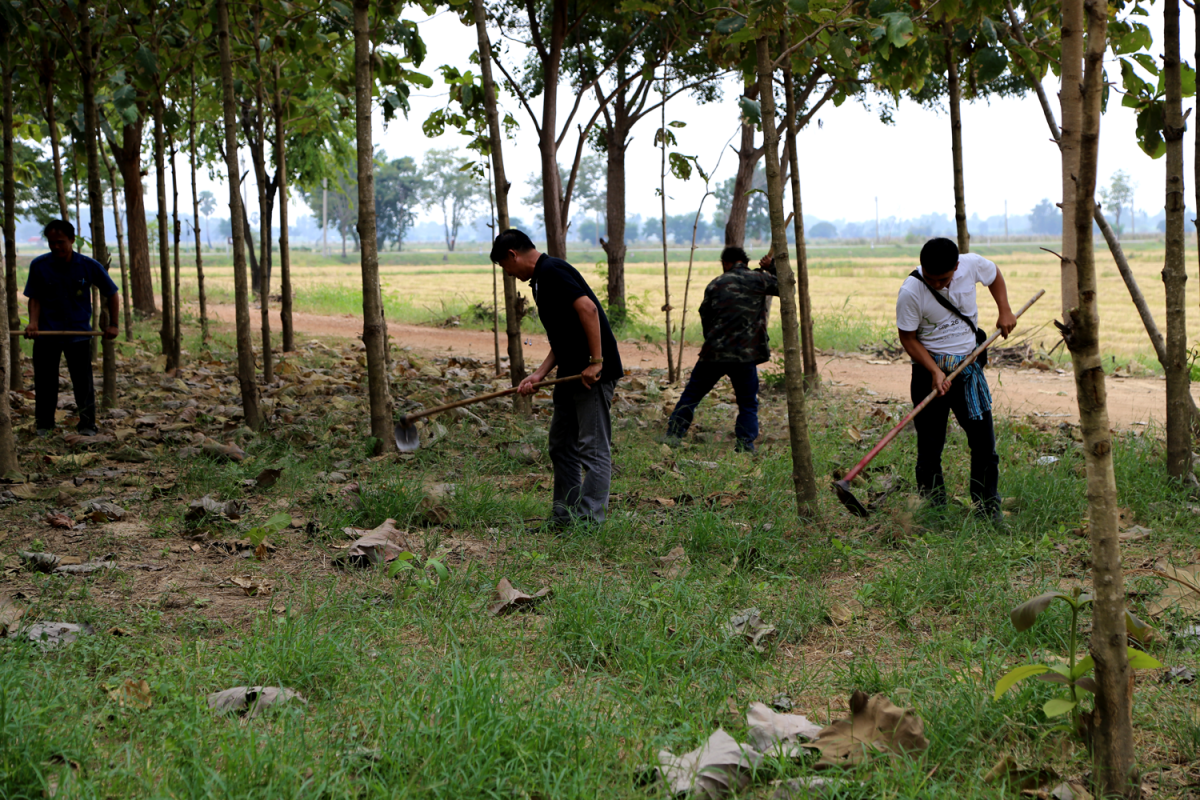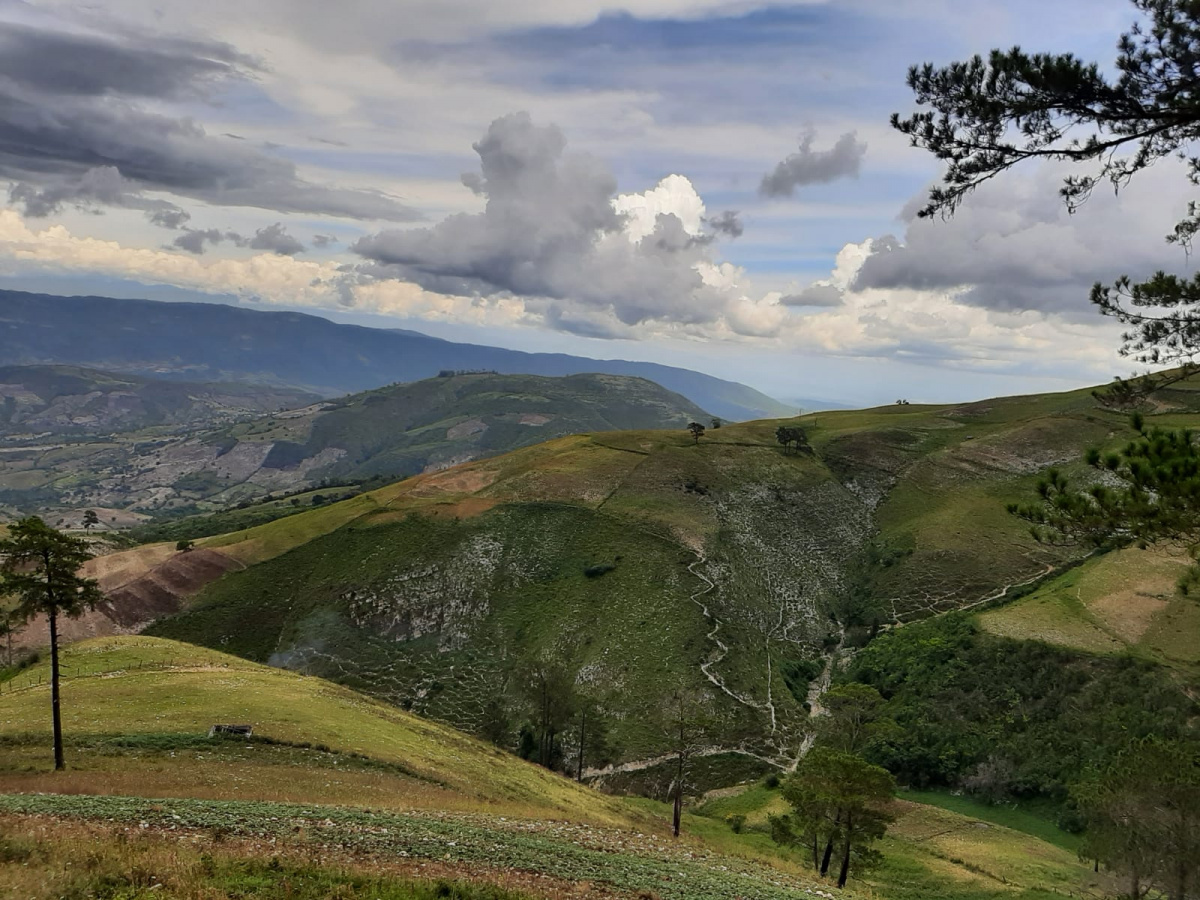Do they work? – forest interventions intended to improve livelihoods
People and forests are connected. Study after study confirms this linkage, and it is known that hundreds of millions of rural people around the world either derive a portion of their livelihoods from the forest or are deeply dependant on forests in some way. Unlike measuring benefits from agricultural practices or other directly quantifiable economic metrics, measuring the benefits that people derive from forests is complicated and variable, and can make for uneven benefits calculations.
How can the conservation of, or the increase of, forested landscapes in the name of human well-being be justified without identifying how humans actually benefit? It is undoubtedly an imprecise endeavour. However, it is an endeavour worth undertaking in an effort to access the best information. There are now many tools to help us – and perhaps combining and selecting the right tools in the right situations may yield the data we need to underscore the vital connections we know exist between people and forests.
Among the important conservation discussions occurring during the 2016 IUCN World Conservation Congress in Hawaii, a select group assembled at the Forest Pavilion to compare and contrast ideas on how to research and monitor the real human livelihoods impacts of forest landscape restoration (FLR) and other forest interventions. A panel of leaders in the field presented a suite of options to measure tangible income and welfare streams from ecosystems to households. The tools included:
- Center for International Forestry Research (CIFOR)’s Poverty Environment Network (PEN);
- Wildlife Conservation Society (WCS)'s Basic Necessities Survey (BNS);
- Program on Forests (PROFOR)’s Survey of Wellbeing via Instant and Frequent Tracking (Forest-SWIFT); and
- IUCN and PROFOR's Forest-Poverty Toolkit.
After a comparative presentation and follow-up discussion of each of these tools, the panellists concluded that local level surveys can help identify the impact of conservation interventions. They further acknowledged that national household surveys developed with a forest component can help rectify national income estimates and redirect poverty alleviation strategies in ways that take forest and environmental benefits into account.
Shortly after the World Conservation Congress, the Food and Agriculture Organization of the United Nations (FAO) offered a comprehensive methodology published as National socioeconomic surveys in forestry: Guidance and survey modules for measuring the multiple roles of forests in household welfare and livelihoods. This set of methods drew from some of the principles discussed in the Hawaii panel. It states that:
“Forest and environmental incomes are undoubtedly important welfare components, but it is more challenging for them to become properly quantified. This sourcebook and the questionnaire modules that follow are intended to help meet the challenge of registering the sources of household welfare in a more exhaustive way, giving a better understanding of what triggers variations in time and space, and what policies and interventions are needed to make the best use of forest potential.”
The role of monitoring
Discussions about the tools and survey methodologies presented by the panel at the World Conservation Congress and in the FAO publication acknowledge the necessity of monitoring the long-term livelihoods impacts of FLR and other forest conservation interventions. Realising the gap in knowledge between initial research and long-term monitoring, panellist Sven Wunder, a scientist with CIFOR, noted that:
"Measuring income contributions from forests and other environmental resources gives you a snapshot, but in isolation they do not reveal whether these income sources are sustainable, or how much potential they have to, over time, lift people out of poverty.”
Emilie Perge, a researcher at Columbia University speaking about the PROFOR Forest-SWIFT Tool supported the importance of a long-term approach to monitoring stating:
"The way peoples’ values change over time is as important as absolute welfare. Our objective is to measure poverty and forest reliance in a more frequent manner."
Challenges in monitoring the long-term effectiveness of forest to livelihoods relationships, especially at a time when FLR is a widespread movement, are substantial. To aid in overcoming these challenges, CIFOR recently published a blog based on research into how to monitor livelihoods impacts from FLR. They suggested six important steps when setting up a local monitoring system:
- set up a monitoring system and a mechanism to oversee it;
- make monitoring plans from the very beginning;
- monitor what is important for local decision-making;
- define indicators collaboratively;
- encourage social learning and learning networks; and
- dedicate funds for monitoring and provide appropriate local incentives.
Tools for measuring benefits derived from the forest-livelihoods nexus through household surveys and other methods are becoming more rigorous and sophisticated as the need to understand the complex relationships becomes ever more important. However, the key to understanding the livelihoods benefits of FLR and other forest conservation initiatives lies in the long-term monitoring of the changes in benefits, costs and values of those affected. So do they work? The reality is that if the tools and methods presented above are implemented with a dedicated monitoring component, this question can be answered – but not until the long-term results are in.
Further reading on forest dependency:
Further reading on livelihoods and FLR:






